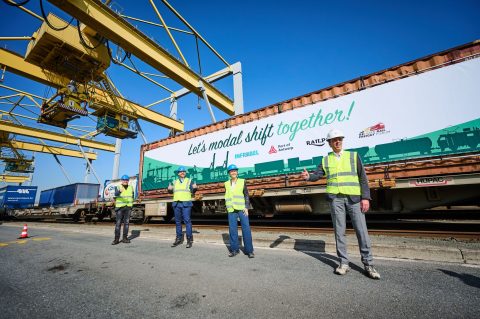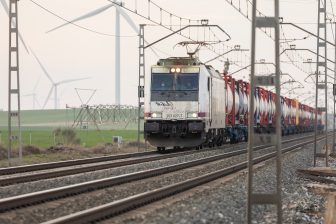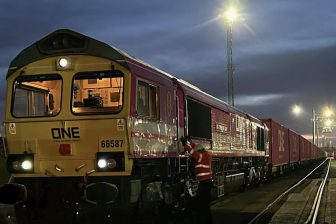
Port of Antwerp and Infrabel announce their shared rail vision
The Port of Antwerp, Infrabel and Railport announced their joint plans to grow the port’s share of goods transported by rail. The following decade, until 2030, constitutes the timeframe in which the three companies will implement their strategies to almost double the percentage of rail freight from 7 per cent to 15 per cent. For this reason, during a press conference at the port on 31 March, they presented a strategy consisting of seven main pillars that will result in the coveted modal shift.
Do you want to read the full article?
Thank you for visiting RailFreight.com. Become a member of RailFreight Premium and get full access to all our premium content.
Are you already a member?
Having problems logging in? Call +31(0)10 280 1000 or send an email to customerdesk@promedia.nl.




